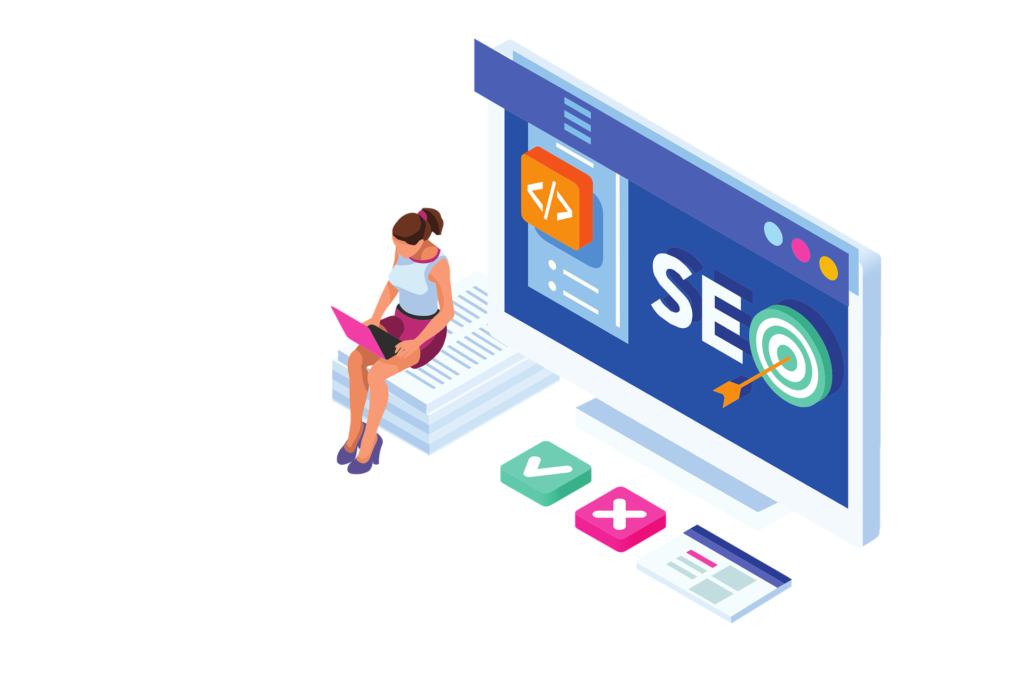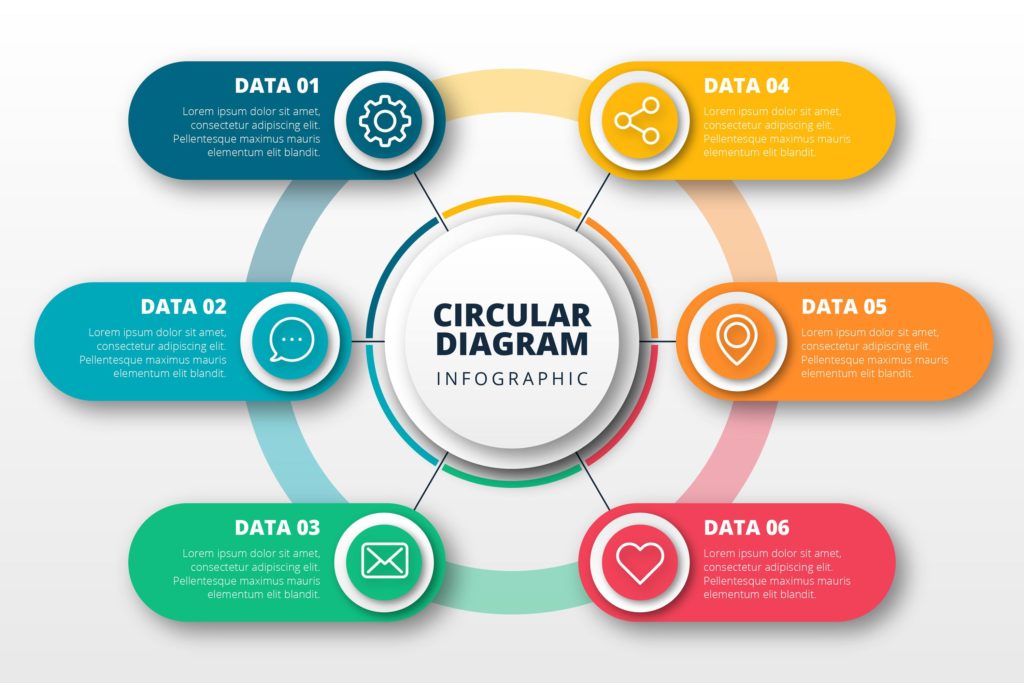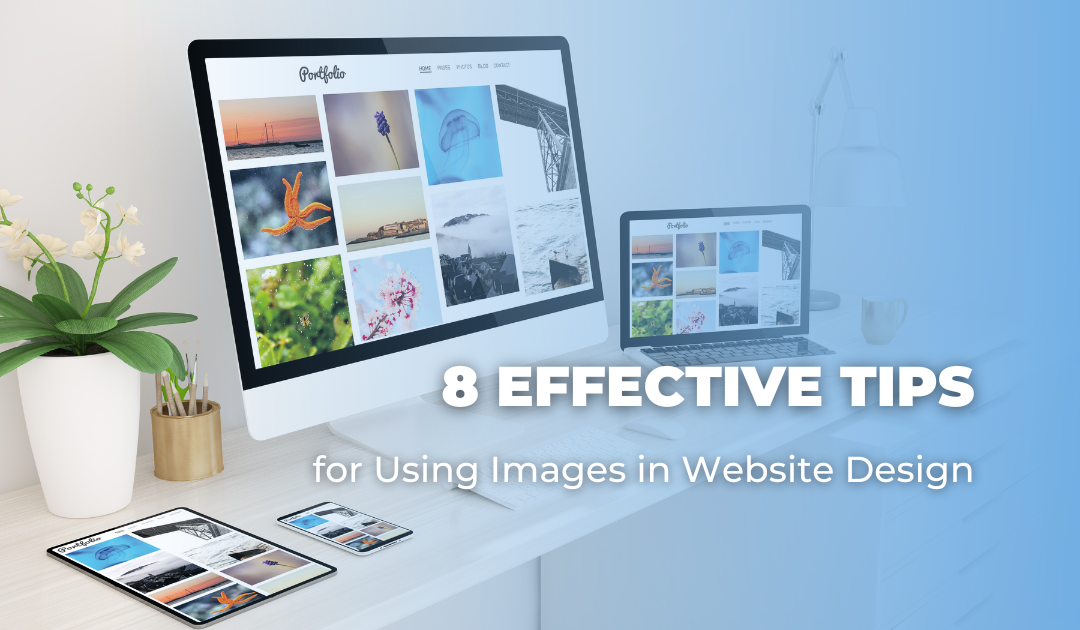To be a successful photo organizer, a website needs to be visually appealing to gain the attention of new visitors and engage with your audience. Images can play a big role in improving the overall look of your website. However, images are also important for many other reasons.
We will look at eight effective tips for using images in website design, looking at the benefits from a visual perspective, SEO, and more, so that you can ensure your website for your photo organizing business is using images effectively.
Why Are Images Important for SEO?
Google algorithms place strong importance on optimized images, and a lack of optimization in this area can have a negative impact on rankings. When developing a website, images should be an essential consideration as part of an overall SEO strategy.

Source: Pixabay
To optimize images, you should:
- Use trusted formats such as JPG, PNG, GIF, SVG, and WebP
- Only use high-quality images
- Compress images to ensure your web pages load quickly
- Try to use unique images instead of stock images when possible
- Use relevant image titles and include alt text to describe the image clearly
- Use captions to provide more context about the image
- If you are using a platform such as WordPress, then there are a number of page builder tools that can help with image placement, library organizing, SEO, and formatting.
8 Effective Tips for Using Images in Website Design
Using images effectively when designing a website isn’t rocket science, although there are a number of factors that need to be considered, ensuring that you are using images correctly and that they add value to your web pages.
Below are 8 effective tips for using images in website design:
1. Relevance
Any images you use on your web page should apply to the content, adding value or extra context. The images you use should help to improve your website and shouldn’t be there for the sake of it. An important aspect of enhancing website visuals is editing the images to fit the context. For instance, you might need to remove unwanted backgrounds from your images for a sharper focus on the subject. You can achieve this using accessible tools like Picsart.
If you are a professional photo organizer and are writing about a scanning project, consider including a picture of YOUR scanning equipment and the results of the project, not just a picture of a generic scanner.
The image should correspond to the text and give the reader additional insight into the location that is being described.
2. Variation
The word image does not just mean photos, I.E. images taken with a camera. An image can relate to any sort of visual, from graphics, cartoons, to graphs showing relevant data.
More often than not, a chart or a detailed graphic will be much more interesting than just a photo.
Not that you should avoid using photos, since after all, you’re in the business of organizing and sharing photos. For a visually engaging website use all variations of images to add interest and improve the user experience. Canva is a great way for creating unique and engaging graphics and videos that can help to boost the effectiveness of your content.
3. Infographics
To further diversify the images you use, consider infographics to make data and statistics more interesting, and give extra credibility to your content.
Many online users prefer to see visual representations of figures and information rather than reading it, so have both an infographic and a written explanation to cover all bases. Plus, photo organizing can be a complex task to many, so representing your processes visually will help your clients grasp what they will get from working with you..
It is always important that data and figures are represented authoritatively. Therefore, it is always recommended to check your content with a trusted proofreading tool.

Source: Freepik
Infographics can be very creative, or just a simple visual representation of data and useful information. Either way, they are valuable content from both the user’s point of view and search engines.
4. Try To Use Original Images
Try to use original images when possible for a more authentic and personal feel for your website.
Stock photos are perfectly fine in moderation and are a good option in a lot of cases. However, photos that you have taken yourself or paid a photographer to take are much more valuable to your audience. You could even ask your clients if you can include photos from their projects.
If you are a business, then images of you, your staff, your offices, and your customers can really give the user an overview of your company and add a personal touch that no stock image can rival.
If you can’t afford to hire a photographer or take your own pictures, one way to give stock photos new life is to use a virtual assistant service and have someone skilled in photo editing adjust the image to appear less like stock footage. This could mean changing the hue, saturation, or cropping two images together in a way that appears unique to the website visitor.
Original photos are especially recommended for the websites of professional photo organizers and photographers, giving potential clients a preview of the work you do.
5. Consider How Images Will Appear on Different Screen Sizes
Always consider how your images will crop and rescale to fit on different screen sizes. This is even more important for very large and prominent images, such as a hero banner.
Knowing how your chosen images look when resized is a key consideration if they are to maintain value on smaller screens.
On a desktop computer, images will usually be displayed with a resolution of 72 dots per inch (dpi). It is good practice to use images that correspond to this resolution, as the quality is likely to maintain when the image is resized, although it is always recommended to double-check.
6. Use Icons
To reduce the amount of text on a web page, you can use icons as simple prompts to expand the content or navigate somewhere else.
Many icons are instantly recognizable for most internet users, such as a house representing the home page, a phone representing contact details, or a magnifying glass for a search function.

Source: Freepik
UI design tips identify icons as an important part, especially if used effectively on mobile. They allow users to get where they want without scrolling through lines of text or using the main menu.
7. Consider Banner Blindness
Banner Blindness is an issue that has been identified by marketing teams when measuring the results of banner ads on a web page. Analytics show that most users ignore such banners, whether intentionally or unintentionally. Because of this, marketers have had to adjust their approach somewhat.
The easiest way to avoid this is by using relevant content on banners. Content that is beneficial and may interest your audience. Banner ads which seem random or generic will probably be ignored regardless of their placement or format.
Make sure banner ads are also formatted correctly for mobile users so that they are not intrusive or almost impossible to read.
Finally, use A/B testing to assess a range of banner options to find out which ones deliver the best results.
8. Copyright
Do not use copyrighted material on your website, unless you have the relevant permission. Taking images from a Google search is likely to infringe copyright law.
Therefore, you should always use free image sources (such as Unsplash or Pexels), subscribe to a premium image library, or use images you have taken or sourced yourself.
Thank you for reading! We hope our tips have helped to give you a better understanding of how to use images when designing a website, and we have answered any queries you may have had.


Recent Comments